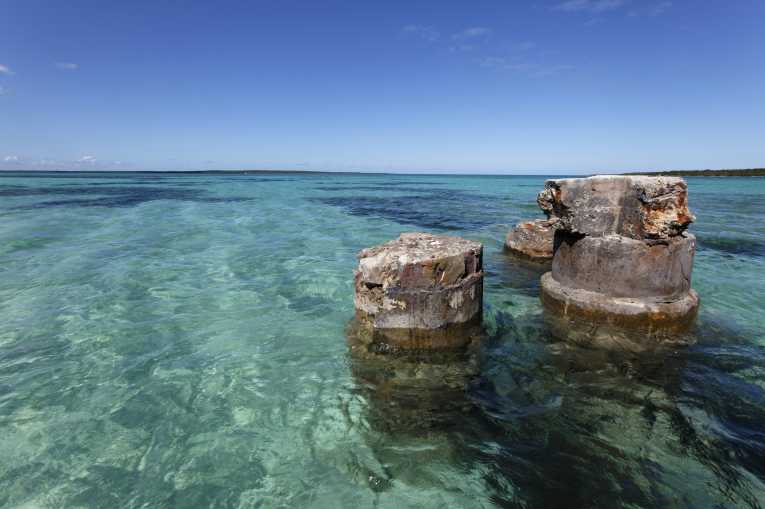Isotopic studies reveal a shift in the importance of nitrogen pollution sources in the Caribbean
You could be forgiven for imagining that an increased influx of nutrients into the marine environment would be a good thing, but you'd be wrong. The population growth of marine algae, amongst other things, is limited (held in check) by nutrient supply. An influx of nutrients from land based sources can lead to explosive population growth leading to reduction of light in the photic levels of the water column and rapid reduction of the available oxygen. Events such as red tides (explosive growth in marine algae populations) can lead to massive fish kills.
A key nutrient in this process is nitrogen. For many years, the dominant source has been run-off of nitrogen from fertiliser use. Reporting in Global Change Biology, a team from the American University have published a study on the sources of nitrogen pollution in the Gulf of Mexico and the Caribbean. The team has found that the prevalence of fertiliser-derived nitrogen as a pollution source is declining. This is attributed to the adoption of more environmentally sensitive agricultural practices in recent years which have changed fertiliser application practices. However, nitrogen derived from sewage is becoming the dominant term.
Dr Kiho Kim, chair of environmental science at American University and one of the report's authors explained why it was important to be able to differentiate between pollution sources: ''We can't simply say our coastal ecosystem is being polluted by nitrogen. The consequences may be the same, but differentiating the source of the pollutants is critical to crafting sustainable solutions-you can't fix a problem if you don't know what's causing it.''
The study involved an analysis of some 300 coral samples, provided by the Smithsonian Institution's National Museum of Natural History's Invertebrate Zoology Collection which allowed the team to reconstruct the record of nitrogen inputs into the Caribbean over the past 150 years. Corals produce distinct, annual growth bands and the isotopic composition of nitrogen can change subtly between different sources, permitting time-resolved source studies to be performed.
''We determined that poor storm water management and wastewater treatment were really to blame over the last decade for nitrogen pollution in the Caribbean. Our next step is to document this process in action,'' Dr Kim said. The team hopes to be able to monitor corals near Guam, in the Pacific Ocean, over the next four years. The area is expected to see a 20% increase in population (with a proportional increase in sewage release to the ocean) as US military personnel relocate to the island.










